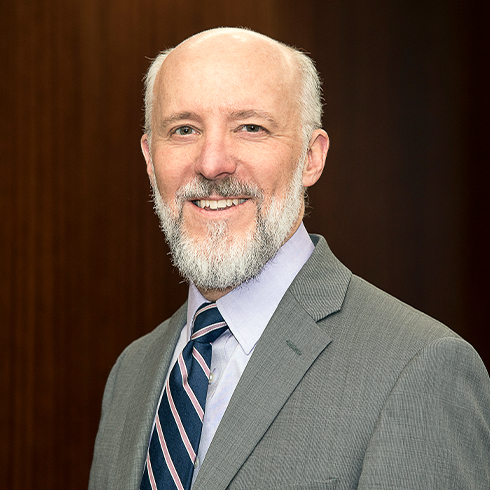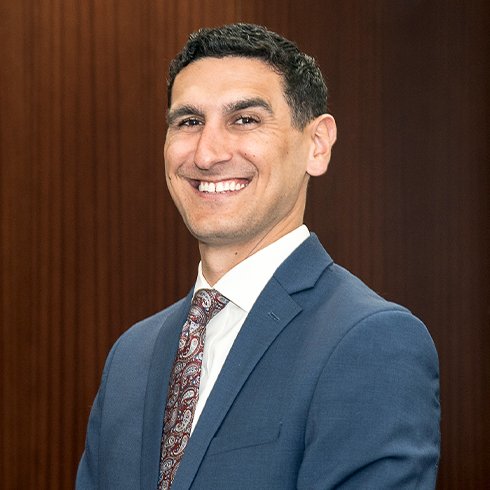Navigating the aftermath of a car accident can be an overwhelming experience, especially when injuries and property damage are involved. In Maryland, the process of filing a car accident claim hinges significantly on the quality and quantity of evidence collected. This evidence is crucial not only for proving fault but also for substantiating the extent of damages and injuries sustained. Understanding the role of evidence in car accident claims is essential for any individual seeking fair compensation for their losses.
The Importance of Immediate Evidence Collection
The moments immediately following a car accident are critical. This is the time when evidence is fresh, and memories are most vivid. Gathering evidence promptly can make a substantial difference in the outcome of a claim. Photographs and videos of the accident scene — including the positions of the vehicles, road conditions, skid marks, and any visible damages — are invaluable. These visual records provide a clear and objective account of the incident, often speaking louder than words in a legal context. Additionally, capturing images of any traffic signs, signals, or road obstructions can help establish contributing factors to the accident.
In the immediate aftermath, it is also essential to gather contact information from all parties involved, including witnesses. Eyewitness testimonies can offer an unbiased perspective on the events leading up to the accident. Witnesses can provide details that might be overlooked or forgotten by those directly involved in the crash, thereby strengthening the overall narrative of the claim.
Medical Documentation and Its Role
Medical evidence is another cornerstone of a robust car accident claim. Seeking medical attention promptly after an accident, even if injuries appear minor, is crucial. Medical records serve as an official documentation of the injuries sustained and the treatment required. These records can include emergency room reports, physician’s notes, diagnostic test results, and treatment plans. Consistent and thorough medical documentation helps establish a direct link between the accident and the injuries claimed.
Moreover, ongoing medical records are equally important. They provide evidence of the severity and progression of injuries, the necessity of continued treatment, and any long-term effects or disabilities resulting from the accident. This documentation is essential not only for proving the extent of physical harm but also for calculating appropriate compensation for medical expenses, pain and suffering, and potential future medical costs.
Amazing firm. Went above and beyond in making me feel welcomed, informed, and at ease considering the serious reasons for me being there. It was my first time dealing with something like this and it was comforting knowing I had a whole team behind me working to get the best outcome possible which they did. Highly recommend this firm to anyone looking for a good reliable lawyer who will work with you and be considerate of your well being.” - Daniel Torres
The Role of Police Reports
In Maryland, involving law enforcement after a car accident is a standard and recommended procedure. A police report serves as an official account of the incident, providing details that might be critical in a claim. This report typically includes information about the parties involved, witness statements, the officer’s observations, and any citations or violations issued at the scene. Police reports are often considered impartial and can carry significant weight in determining fault and liability.
Police officers are trained to observe and document the specifics of an accident scene comprehensively. Their reports might contain diagrams of the accident, descriptions of road and weather conditions, and assessments of vehicle damages. This objective third-party account can corroborate the evidence gathered by the involved parties and provide an authoritative perspective that supports the claim.
Vehicle Damage and Repair Records
The physical damage to the vehicles involved in a car accident can serve as compelling evidence. Photographs of the damages taken at the scene are a starting point, but detailed repair records and estimates are also essential. These records help quantify the financial impact of the accident and provide tangible proof of the extent of property damage.
Repair records from certified auto body shops or mechanics can document the specific damages, the cost of repairs, and any parts replaced. These documents can substantiate claims for property damage compensation and support arguments about the severity of the collision. For instance, extensive damage to a vehicle can suggest a high-impact crash, which might correlate with the severity of injuries sustained by the occupants.
Value of a Personal Injury Case Choosing a Personal Injury AttorneyRelated Videos
Understanding Comparative Negligence in Maryland
Maryland follows a contributory negligence rule, which can significantly impact car accident claims. Under this rule, if an injured party is found to be even slightly at fault for the accident, they may be barred from recovering any compensation. This stringent standard makes the thorough and precise collection of evidence even more critical.
To navigate the challenges of contributory negligence, it is essential to build a solid case supported by compelling evidence that clearly establishes the fault of the other party. This includes not only demonstrating the other driver’s negligence but also disproving any allegations of contributory negligence against the claimant. Evidence such as traffic camera footage, vehicle event data recorders (black boxes), and accident reconstruction analysis can be invaluable in this context.
Verdicts & Settlements
Documentation of Lost Wages and Impact on Earning Capacity
In addition to medical and vehicle damage evidence, documenting the financial impact of the accident on the victim’s life is crucial. This includes proving lost wages due to time off work for recovery and medical appointments. Pay stubs, employment records, and statements from employers can help establish the amount of income lost as a direct result of the accident.
For more severe injuries that result in long-term or permanent disability, it is necessary to document the impact on the victim’s earning capacity. Vocational specialists can provide testimony regarding the victim’s ability to return to work, potential job retraining, and the loss of future earnings. This evidence is vital for securing compensation that accurately reflects the financial toll of the accident on the victim’s life.
The Role of Legal Representation in Evidence Collection
Navigating the evidence collection process and building a strong car accident claim can be daunting without professional legal assistance. Experienced car accident attorneys play a crucial role in guiding victims through this process. They have the knowledge and resources to conduct thorough investigations, gather necessary evidence, and build a compelling case.
Attorneys can coordinate with accident reconstruction specialists, medical professionals, and other specialists to ensure that all aspects of the claim are meticulously documented and presented. They can also manage communications with insurance companies, opposing counsel, and court representatives, allowing the victim to focus on recovery. Legal representation can significantly enhance the chances of securing fair compensation by leveraging the full breadth of available evidence and presenting it effectively.
75% of people who are injured due to someone else's negligence don't believe they could pursue an injury claim. 95% of personal injury cases are settled pretrial. Typically, only about five percent of personal injury claims will go to trial. $0 is the amount it will cost you to contact us and start your personal injury claim. Reach out for a free consultation.Personal Injury Statistics
Challenges in Evidence Collection and How to Overcome Them
Despite the importance of evidence, several challenges can arise during the collection process. Witnesses might be reluctant to provide statements, evidence might be inadvertently destroyed or overlooked, and insurance companies may dispute the validity of the presented evidence. Overcoming these challenges requires a proactive and strategic approach.
One effective strategy is to act swiftly. Timely evidence collection reduces the risk of losing crucial information and increases the accuracy of the gathered data. Engaging legal representation early can also help mitigate these challenges. Attorneys can issue subpoenas for necessary records, secure testimony, and negotiate with insurance companies to acknowledge and accept the evidence.
Maintaining thorough and organized records throughout the process is another essential tactic. Keeping all medical bills, repair receipts, and correspondence related to the accident in an organized manner ensures that nothing is overlooked when presenting the claim. Consistent follow-up with medical providers and repair shops can also ensure that all necessary documentation is obtained and included in the claim.
Advocating for Accident Victims
The role of evidence in Maryland car accident claims cannot be overstated. From immediate scene documentation to long-term medical records and testimony, each piece of evidence plays a critical part in building a robust case for compensation. Navigating the complexities of evidence collection requires diligence, organization, and often, professional legal assistance.
For individuals involved in a car accident, understanding the importance of evidence and taking proactive steps to gather and preserve it can significantly impact the outcome of their claim. If you or a loved one has been injured in a car accident in Maryland, don’t leave your future to chance. Contact Alpert Schreyer Injury Accident Lawyers today to ensure your rights are protected and to secure the compensation you deserve. Our dedicated team is here to guide you through every step of the process, from evidence collection to claim resolution. Reach out to us now for a consultation and take the first step towards justice and recovery.
















